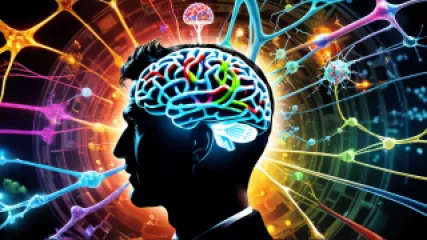Mastering Digital Wellness: A Step-by-Step Guide
for 1 år siden
Digitalt Velvære
The Power of Daily Inspiration Therapy
for 1 år siden
Motivation
Top 10 Loneliness Therapy Programs to Combat Isolation
for 1 år siden
Håndtering af Ensomhed
Behind the Mind: Inspiring Conversations on Motivation
for 1 år siden
Motivation
Boost Your Motivation: A Step-By-Step Guide
for 1 år siden
Motivation
Unraveling Your True Self: A Question-Based Guide to Discovering Your Self Identity
for 1 år siden
Opdagelse af Selvidentitet
Exploring Virtual Therapy for LGBTQ+: An Interview with a Mental Wellness Expert
for 1 år siden
Mental Velvære
Unforgettable Memory Enhancement Strategies from Popular Books and Movies
for 1 år siden
Forbedring af Hukommelsesteknikker
Overcoming Mental Fatigue: My Journey to Discover Coping Strategies
for 1 år siden
Løsninger på Mental Træthed
Mastering the Psychology of Altruism: Your Ultimate Guide for Personal Growth
for 1 år siden
Altruisme Psykologi
The Impact of Advertising on Mental Health: An Honest Perspective
for 1 år siden
Reklamers Indvirkning
Why is Altruism Important for Emotional Health?
for 1 år siden
Altruisme Psykologi
Transform Your Mindset with These Mindfulness Practices
for 1 år siden
Tankegang Forandring
Latest Research on Anxiety Coaching Online
for 1 år siden
Angst
Mastering Memory: The Ultimate Guide to Brain Training Methods
for 1 år siden
Forbedring af Hukommelsesteknikker















